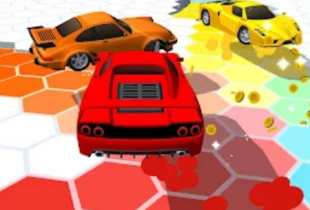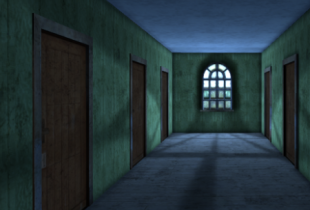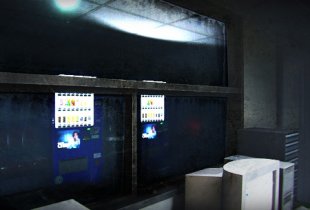Game description:
Steal A Brainrot is built around a constant cycle of gain and loss. Each player is given a visible platform where they collect brainrots, digital creatures that automatically produce in-game currency. As brainrots accumulate, the player's base becomes a more attractive target for others. There are no private stashes or safe modes — every asset is displayed. This structure invites ongoing surveillance from other players, who may wait for the right moment to steal. The game's goal is to collect and to keep what you’ve earned.
Mechanics and Choices
The gameplay presents a constant stream of decisions. Should you stay online to guard your brainrots? Should you spend coins on upgrades or wait for rebirth? Players can buy temporary protection in the form of shields or place traps that punish thieves. Offensive tools can also be purchased, creating a push-pull economy. Using ROBUX, players gain access to premium tools, though they do not guarantee safety. With time, players unlock the option to reset progress through rebirth, improving future performance.
Essential Features
Core elements that define Steal A Brainrot include:
· Brainrot creatures that generate coins automatically
· Publicly visible platforms where brainrots are displayed
· Stealing as a core interaction between users
· Temporary shields and traps with cooldown timers
· Optional purchases with ROBUX to access exclusive items
· Rebirth system that allows progression through resets
Behavior and Player Response
The game has generated widespread reactions on social media. Players who lose brainrots often share their experiences online, including emotional responses. These videos have contributed to the game’s popularity, attracting viewers who then join to try it themselves. The transparency of the game’s systems — with every loss seen by others — creates an environment where reactions are part of the experience. The game rewards constant attention and punishes absence. As a result, it encourages ongoing engagement without relying on long play sessions.
Ownership and Broader Trends
Steal A Brainrot reflects a shift in how platform games are designed. It was created by a small team but is now maintained under a larger studio. The game’s success is tied to its visibility, rapid pace, and minimal downtime. Its mechanics have influenced other developers to consider similar systems that combine idle gameplay with public risk. While some criticize the pressure it creates for younger players, its numbers continue to grow. The mix of exposure, theft, and progress keeps it at the top of trending games.























































































































































Comments